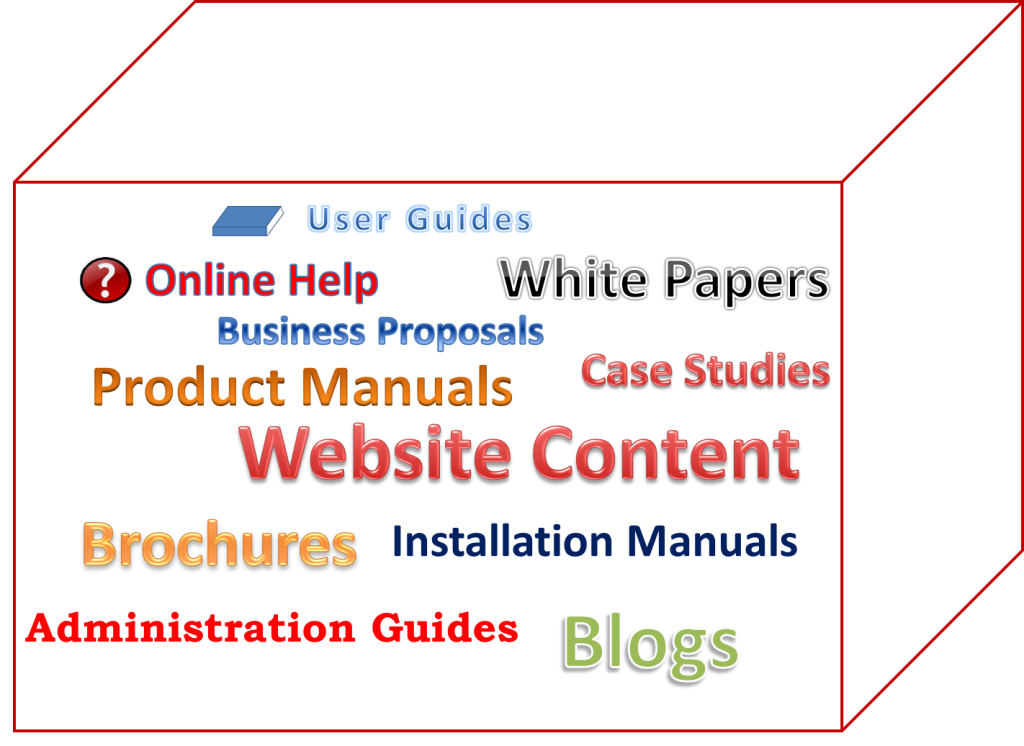Top 5 Reasons Why Should You Invest in a Content Vendor?
Top 5 Reasons Why Should You Invest in a Content Vendor?
 In the present business scenario, there are quite a few companies who have a content team or technical publications department in place. They are the ones who understand the value of having content creation or documentation expertise in-house. There are other companies who either don’t have the budget or a permanent need to employ a team of writers and obviously some managers to look after them. Most of such companies rely on freelancers or contractors when they have a content requirement such as refurbishing their website or blog, and may be when a product needs documentation just before shipping it out. Many people would agree that there are challenges in working with freelancers. Here are top five reasons why organizations should seriously consider investing in a specialist content vendor or content service provider.
In the present business scenario, there are quite a few companies who have a content team or technical publications department in place. They are the ones who understand the value of having content creation or documentation expertise in-house. There are other companies who either don’t have the budget or a permanent need to employ a team of writers and obviously some managers to look after them. Most of such companies rely on freelancers or contractors when they have a content requirement such as refurbishing their website or blog, and may be when a product needs documentation just before shipping it out. Many people would agree that there are challenges in working with freelancers. Here are top five reasons why organizations should seriously consider investing in a specialist content vendor or content service provider.
1. Using A Specialist On The Job Is Always Better
It is always safer to have a specialist do the job. Though it seems anyone with good language skills can produce any kind of content but let’s admit that it is just a myth. Even within the range of content, there is whole lot of variety to be dealt with and there are specialists in handling technical content, business content, web content or something for print media.
Besides, there are some search engine (read google) trends to be followed at a given time, differences in writing styles across geographies and industries. An experienced writing professional would be able to add greater value from all the significant perspectives.
2. An Established Content Services Provider Is More Reliable Than A Freelancer
If a content vendor is a registered company then its reliability quotient is much higher than a freelancer sitting in a remote place, a few continents away. While it is possible for a freelancer to vanish and return with a brand-new profile and persona, it is not so easy for a company that has to create a name for itself and grow its business in the long term.
A content vendor would be more likely to have a business continuity plan and adequate resources to deliver in time even in case of materialization of some risks.
3. A Content Vendor Can Give More Variety Than A Freelancer
A content service provider would be able to provide a great deal of variety in content solutions ranging from website content, blogs, brochures, case studies to user manuals, online help and training videos or e-learning solutions. A team of independent contractors or freelancers may be able to produce all of this but it would be a herculean task to coordinate and get consistent results in quality as well as timelines.
4. A Content Vendor Assumes More Accountability And Shares The Risks
Some organizations, owing to their domain and industry segment, might often be under the threat of facing legal consequences due to copyright or plagiarism issues. It is imperative to review their content for originality before it is published or circulated. Service-level agreements are one of the means of ensuring that the authors take some responsibility but a vendor company is far better risk-sharing partner than an individual. Besides, a content vendor may employ better means to check plagiarism such as a peer-review process or using plagiarism detection tools.
5. A Content Vendor Saves Management And Quality Assurance Costs On Content Production
Managing a team of freelancers also has a cost. More than the cost factor, it is the ability to judge the quality, originality and cost of content production that needs a relatively much experienced professional with content or documentation expertise. A freelance writer is self-managed but a team of contractors would need a manager. A content services provider, on the contrary, would be able to provide an expert supervision and project management at a comparable much lower cost than a full-time manager to manage a need-based engagement with freelancers.





